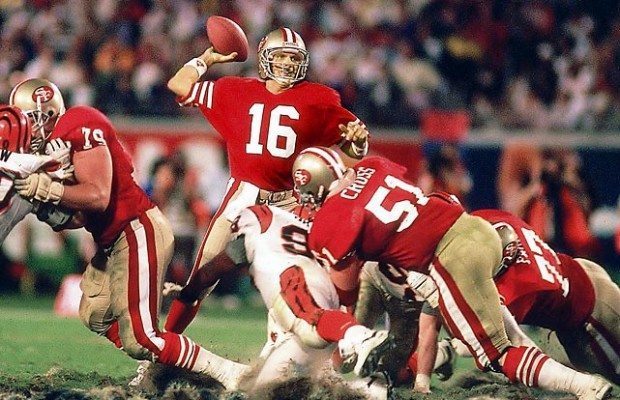The Evolution of Offensive Strategies in American Football: Trends and Innovations

The strategies employed in football, a sport known for its complexity, have undergone significant transformations throughout history. The constant pursuit of gaining an edge has led to the development of maneuvers, formations and technological advancements that completely reshape the essence of the game. In its stages football predominantly favored a “ground and pound” approach that placed emphasis on running plays.
Teams mostly relied on direct play ideas and physicality. A turning point occurred when Saint Louis University introduced the forward pass in 1906, which progressively made the game more intricate and varied.
Shift to Passing-Heavy Offenses
In times there has been a trend, towards offenses that rely more on passing the ball. One example of this is the West Coast offense, which gained popularity in the 1980s thanks to Bill Walsh and the San Francisco 49ers. This style of play focuses on shorter sideways passes as an alternative to running plays. It quickly caught on with different teams adapting it to suit their players and strategies.
Recently we have seen the rise of the offense and ganar dinero con apuestas deportivas. This approach aims to stretch out the defense both horizontally by combining passing and running plays. It often involves quarterbacks who’re versatile and can both throw passes and run with the ball adding a challenge for opponents to deal with.
Innovation in Play Design and Formation
Offensive innovation is not just about choosing between running or passing but also involves creative play designs and formations. These tactics prevent defensive substitutions and aim to tire out defenders, creating mismatches and confusion. Teams like the New England Patriots have successfully used these strategies to control game tempo and keep defenses off balance.
Technological Advances and Data Analytics
Technological advancements have significantly influenced offensive strategies in football. The use of tablets and other devices on the sidelines allows for real-time analysis and adjustments. Coaches and players can review previous plays, understand defensive setups, and make informed decisions on future plays.
Data analytics has also become a crucial component in developing offensive strategies. Teams analyze vast amounts of data, from player performance metrics to situational success rates, to make evidence-based decisions. For example, analytics have led to an increased understanding of when teams should go for it on fourth down, challenging traditional conservative approaches.
The Role of Quarterbacks in Evolving Offenses
The role of a quarterback has undergone changes. Modern quarterbacks now require versatility as they must be capable of making accurate throws and even successful runs. The new generation of quarterbacks combines arm strength, precision and agility to exploit strategies, in ways.
Furthermore offensive strategies have been influenced by rule changes. The NFLs increased focus on player safety regarding hits, on quarterbacks and defenseless receivers has reduced the risks associated with passing plays. As a result we have witnessed passing games and innovative route combinations that aim to take advantage of these rules.
Future Trends
Looking forward, offenses are likely to continue evolving. We might see an increased integration of virtual and augmented reality in training and planning, allowing for more sophisticated simulation of game scenarios. Additionally, the rise of machine learning could lead to predictive models that assist in play calling based on real-time game data.